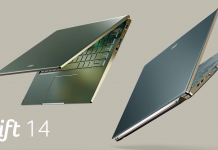Last updated on December 8th, 2022 at 02:38 pm
Intel admitted that the rejection of monolithic crystals will reduce the cost of production
Intel CEO Robert Swan represented the company at Credit Suisse’s virtual conference this week, and his talk could be given a little more attention. Speaking about layout solutions, the head of Intel admits that the use of chiplets can reduce the cost of production.
Don’t forget to leave us a comment below and let us know what you think!
Share Our Website for Technology News , Health News , Latest Smartphones , Mobiles , Games , LifeStyle , USA News & Much more...





